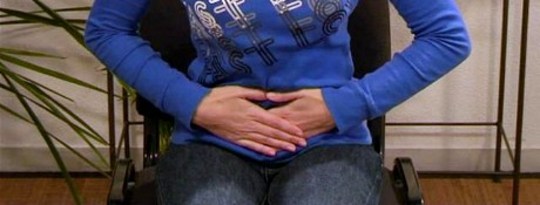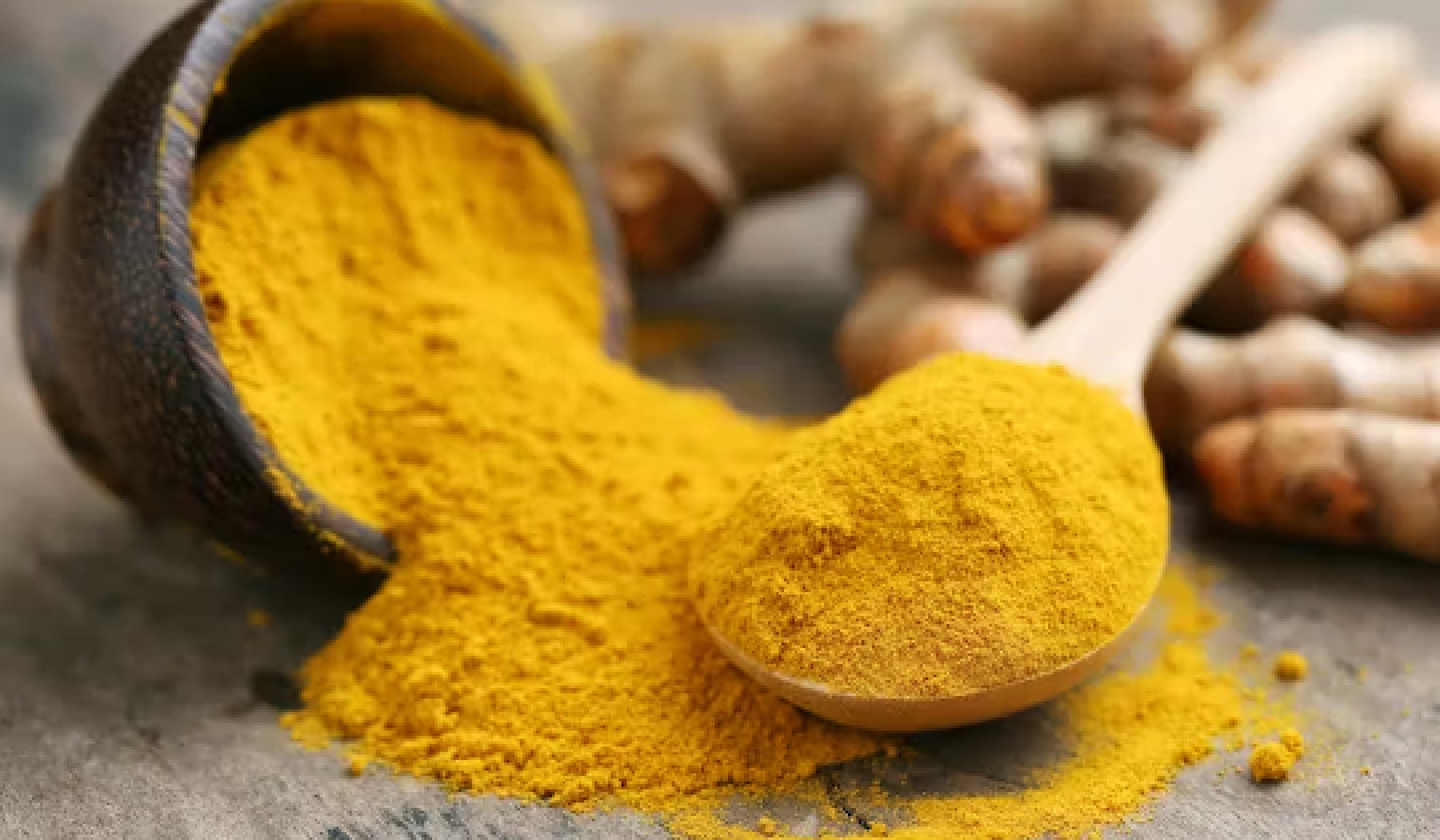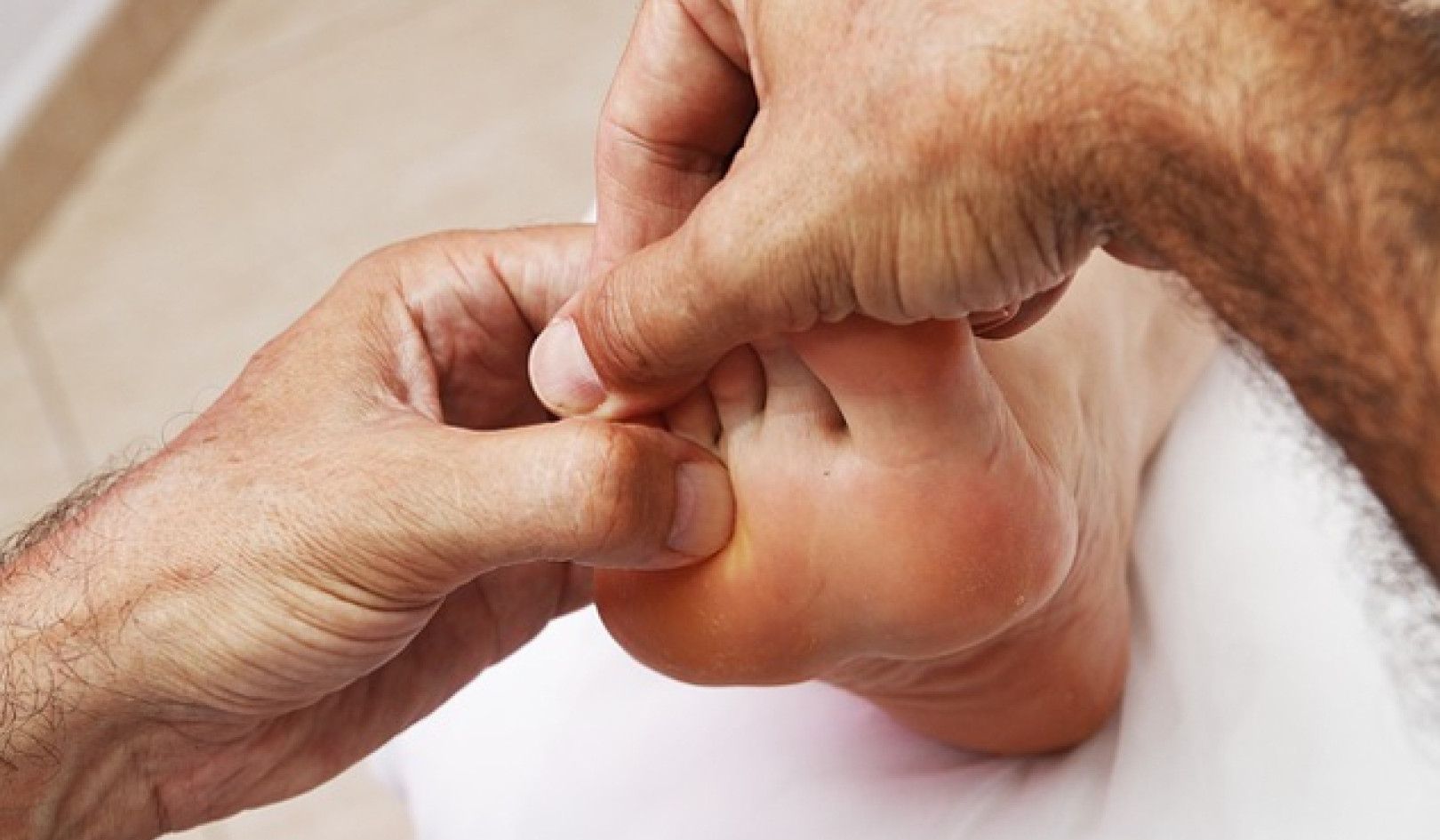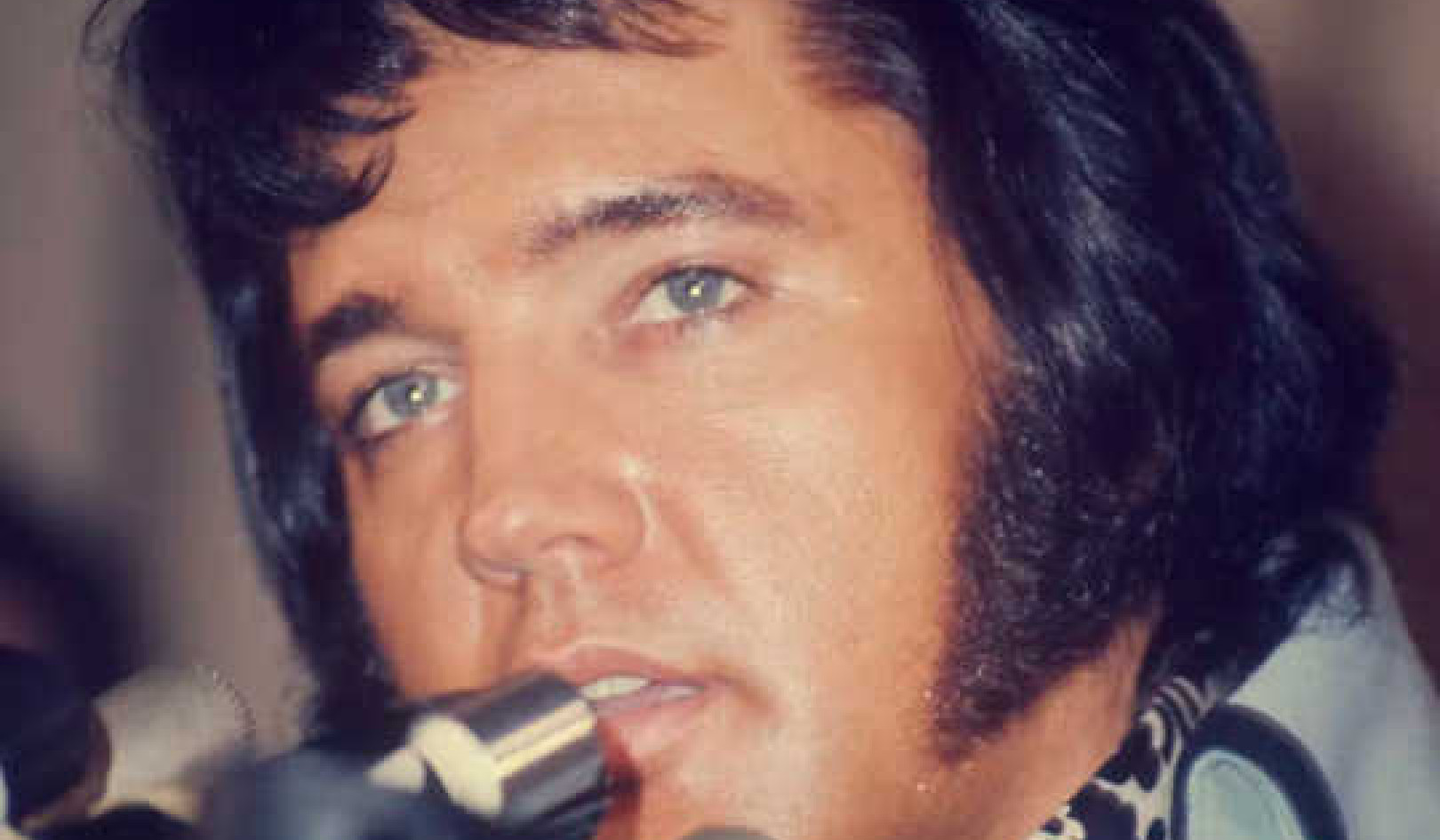
The sensation of touch is one of the most profound and healing experiences humans share. Often, our mind tends to be completely disconnected from our body because we spend so much time thinking and talking — and so little time feeling. Through touch, we can reconnect our mind and body, allowing relaxation and the unwinding of stress and tension. Massage, like meditation, is an ancient practice that comes in many forms. Most types of massage aim to release tension from the muscles and connective tissues.
Releasing Tension: Beneficial for Digestive Distress
Digestive distress is closely related to the function of muscles and connective tissue in the digestive system. In irritable bowel syndrome, the smooth muscle tissue that lines the walls of the intestine contracts more strongly than normal, which forces food through the colon faster. That's one of the reasons we get diarrhea and gas. Sometimes the intestinal muscles contract in such a way that food passes through too slowly, and constipation follows. And because stress throughout our body contributes to intestinal distress, the release of that tension is certainly beneficial for gut sufferers.
You may not always be prepared or able to receive a healing touch from a trained massage therapist. However, learning to reconnect with your body by yourself can be a profound practice. So let's learn a few self-massage techniques that you can use to improve your health.
Morning and Evening Circulation Massage
Do this exercise every morning and evening. It helps strengthen the body, stimulate blood circulation, and relax nerve endings.
- Lie comfortably on your back. Using your fists, gently thump the outside of your body, starting with your legs and arms, working from top to bottom.
- Then move inward to your torso and thump from bottom to top.
In the morning, this self-massage technique will waken and prepare your body — and mind — for the day ahead. Before bed, this massage calms the mind and drums out the stress and tension of the day.
One warning: If you're taking any kind of blood thinner, such as Coumadin (warfarin), check with your health care practitioner before beginning this practice, as it might cause bruising. Also, as with any other exercise suggested here, if it feels uncomfortable to you, feel free to discontinue it.
Post-Meal Belly Rub
Most of us rub our belly instinctively after eating, especially after overeating, but if you're not in the habit, this technique can help alleviate digestive distress.
- Place one or both palms on your abdomen.
- Rub in clockwise circles.
This is the same direction food naturally moves through your intestine, so your circular massage will help to stimulate digestion. This is particularly helpful for people who have constipation-predominant symptoms.
Mild Abdominal Massage
This simple exercise does wonders for relieving tight muscles.
- Lie down on a comfortable surface. Take two or three minutes to settle in and breathe comfortably.
- Feel around your abdomen for any areas that feel particularly sore or tight.
- Take a deep breath, and as you exhale, gently press and massage the sore area. If this feels comfortable, you can continue to massage any particular area through a few breaths.
- Repeat this for all sore and tight areas, remembering to exhale as you gently massage.
Natalie Tunes in with Her Gut
Natalie was a fifty-two-year-old music teacher who suffered with constipation for several years. We introduced self-massage as a way for her to alleviate the abdominal tightness that accompanied her chronic constipation.
"It's funny," she said. "I've had digestive distress for so many years, and yet it never occurred to me to bring the power of touch to this problem. I know we all rub our tummy sometimes when we have indigestion, but I never realized before just how tight the muscles feel in my lower abdomen and stomach."
Natalie began practicing self-massage and was amazed how loose and comfortable her abdomen felt afterward, even when her muscles started out as tight as a piano string.
"Every time I do self-massage, it brings me a feeling of circulation and calmness," said Natalie. "It really calms me down. I look forward to doing the self-massage every day now. It's nice to know that there's something I can do that makes a difference in helping me feel better."
Your Daily Dose of Calming & Balancing
It's helpful to have a variety of calming and balancing techniques in your repertoire so you can call on them when you need them. Some people feel more attracted to the self-massage techniques, while others prefer self-hypnosis or meditation practice. Most everyone takes advantage of the breathing techniques, as they are brief and very easy to use.
We recommend that you experiment with various methods, find a few that you like, and commit to practicing them every day. Your daily dose of calming and balancing will provide you with a foundation of good health.
©2013. Gregory Plotnikoff & Mark Weisberg. All rights reserved.
Reprinted with permission of the publisher, Conari Press,
an imprint of Red Wheel/Weiser, LLC. www.redwheelweiser.com.
This article was adapted with permission from the book:
Trust Your Gut: Get Lasting Healing from IBS and Other Chronic Digestive Problems Without Drugs
by Gregory Plotnikoff, MD, MTS, FACP and Mark B. Weisberg, PhD, ABPP
 In Trust Your Gut, two leading doctors in integrative medicine – a physician and a psychologist – have teamed up to develop the revolutionary CORE program. Gregory Plotnikoff, MD and Mark Weisberg, PhD offer a comprehensive, mind-body approach to healing, without the need for drugs. Their book is based on decades of clinical experience in resolving the most challenging gut symptoms. Trust Your Gut will empower you to awaken your ‘inner doctor”, find lasting, sustainable relief and reclaim your life through making simple changes in your diet and sleep, stress reduction and more.
In Trust Your Gut, two leading doctors in integrative medicine – a physician and a psychologist – have teamed up to develop the revolutionary CORE program. Gregory Plotnikoff, MD and Mark Weisberg, PhD offer a comprehensive, mind-body approach to healing, without the need for drugs. Their book is based on decades of clinical experience in resolving the most challenging gut symptoms. Trust Your Gut will empower you to awaken your ‘inner doctor”, find lasting, sustainable relief and reclaim your life through making simple changes in your diet and sleep, stress reduction and more.
Click here for more info or to order this book
About the Authors
 Gregory A. Plotnikoff, MD, MTS, FACP, is a board-certified internist and pediatrician who has received national and international honors for his work in cross-cultural and integrative medicine. He is frequently quoted on medical stories in the New York Times, the Chicago Tribune, the LA Times and been featured on All Things Considered, Speaking of Faith and Science Friday. [Photo credit: John Wagner Photography]
Gregory A. Plotnikoff, MD, MTS, FACP, is a board-certified internist and pediatrician who has received national and international honors for his work in cross-cultural and integrative medicine. He is frequently quoted on medical stories in the New York Times, the Chicago Tribune, the LA Times and been featured on All Things Considered, Speaking of Faith and Science Friday. [Photo credit: John Wagner Photography]
 Mark B. Weisberg, PhD, ABPP is a clinical health psychologist. He is a Community Adjunct Professor in the Center for Spirituality and Healing, University of Minnesota, and is a Fellow of the American Psychological Association. Dr. Weisberg is frequently interviewed for television, radio and print. Visit him at www.drmarkweisberg.com.
Mark B. Weisberg, PhD, ABPP is a clinical health psychologist. He is a Community Adjunct Professor in the Center for Spirituality and Healing, University of Minnesota, and is a Fellow of the American Psychological Association. Dr. Weisberg is frequently interviewed for television, radio and print. Visit him at www.drmarkweisberg.com.
























